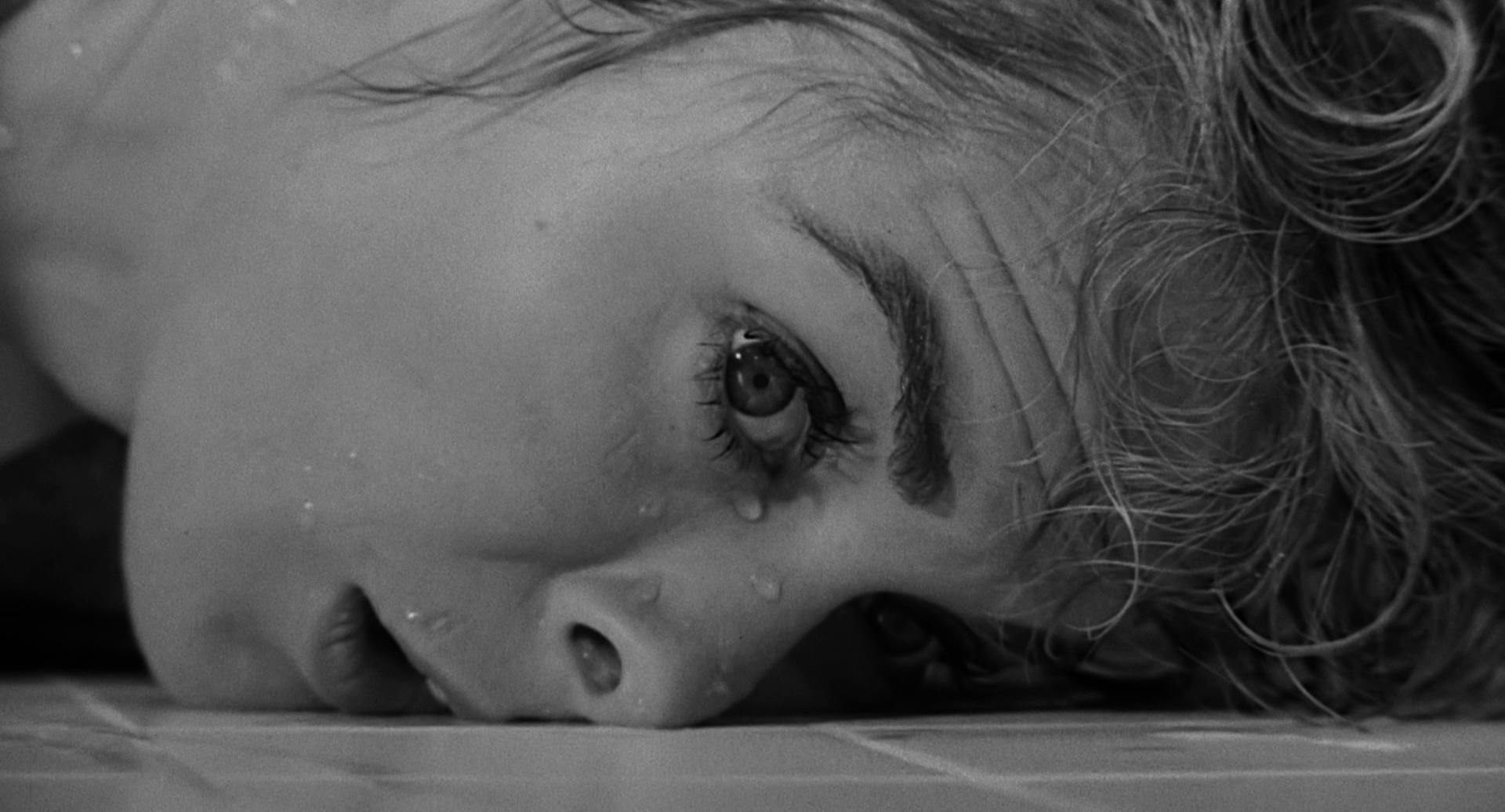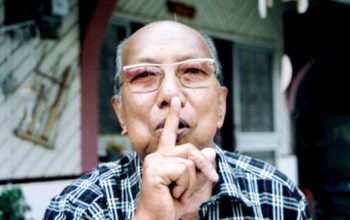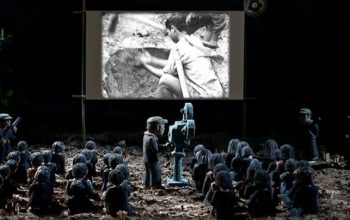A “dissolve” is a cinematic device used by filmmakers to gradually transition from one image to another. Plenty of filmmakers use it to great effect, at times serving even beyond its original purpose of transition.
Taking from a video essay created by Kevin B. Lee (rather pun-illy for the dearly missed film website The Dissolve), we list seven cinematic uses of the film dissolve. Keith Phipps, Scott Tobias, Genevieve Koski and the rest of The Dissolve staffers share these examples, practically narrating the video essay. Take a look:
Indiana Jones
Film dissolves can be as innocuous as a transition from the film’s production company’s logo to the actual film itself. The ease-in from the Paramount logo to a shot of a Peruvian mountain in Indiana Jones: Raiders Of Lost Ark is one memorable example.
Citizen Kane
For his example, Nathan Rabin points to a scene from Orson Welles’ 1941 film Citizen Kane. The scene is of multiple lucid film dissolves, establishing both the visual language and irony of the film. Dissolving to and fro the gates of Charles Foster Kane’s mansion and an otherworldly image of chimps in a cage portends to the fact that, in Rabin’s words, “Kane’s dream house is actually a suffocating prison for animals and tycoons alike.”
Spaceballs
Mel Brooks’ fourth wall-breaking parody film Spaceballs ventures, in his own words, “to tell the truth about the inherent silliness of entertainment.” A rather amusing scene is quintessential to this mission, where John Candy’s character Barf points out to a “nice dissolve”, seemingly completely aware that he is in a movie.
Psycho
The film dissolve is put to in numerous occasions throughout Alfred Hitchcock’s Psycho. One example a scene later in the film in which Norman Bates (Anthony Perkins) grins devilishly toward the screen. The shot dissolves to another of a swamp, making a destabilizing image of a ghoul, and finally fades to a vivid image of a swamp in which Marion’s body sinks below with her newly-traded Ford. Quite an ice-sharp note to end a film about a categorically psychopath.
Yet former The Dissolve staffer Tasha Robinson singles out the film’s iconic shower scene, in which the body of Marion Crone (Janet Leigh), after being brutally stabbed a few dozen times, lies lifeless on the bathroom floor. A shot of the shower drain transitions to Marion’s eyes similarly being drained of life.
The Red Shoes
Michael Powell and Emeric Pressburger’s 1948 film The Red Shoes, apart from its innovative use of Technicolour, is perhaps best remembered for its infamous ballet performance in which ballet dancer Victoria Page (played by Moira Shearer) rediscovers the artist’s lucid dream that is her art. This Powell and Pressburger conveys, without words, through the use of a film dissolve from an empty studio, to Victoria’s creative headspace.
The Man Who Fell To Earth
In Nicolas Roeg’s 1976 science fiction classic The Man Who Fell To Earth, David Bowie’s homesick alien Thomas Jerome Newton remembers the life he left behind in his own planet. Roeg uses the dissolves to heart-rending effect, with each fade more poignant than the first.
The Godfather Part II
Perhaps a more common use of the film dissolve is conveying the passing of a usually long space of time. Throughout Francis Ford Coppola’s The Godfather Part II, for example, snippets of the lives of father and son Vito and Michael Corleone (Robert De Niro and Al Pacino, respectively), showcasing how one life bleeds to another.




